It is a very sad thing to realise that a species is no more, that the last member of its kind has now gone. Once a species has become extinct there is no bringing it back. However, sometimes, just sometimes, they can surprise us.
There are a number of species that were once thought to be long gone that have popped up again to astonish us, revealing that they were never really gone at all.
- 10 of the rarest animals in the world
- The Sixth Extinction: what it is, what is causing it - and how many species we are losing
There is a name for these rare creatures - Lazarus taxa. In reference to the beloved friend that Jesus was said to have raised from the dead, Lazarus taxa are species, or groups of species that were thought to be extinct but are then seemingly miraculously rediscovered.
These are not miracles however, as the species that fall into this category tend to share one key attribute - elusiveness. These animals are either vanishingly rare, or simply very hard to find. Restricted ranges and remote habitats often contribute to this. Read on to find out more about these marvels of the natural world.
10 animals once presumed extinct
Attenborough's long-beaked echidna (Zaglossus attenboroughi)
This curious little mammal is one of only three species in its genus. Like all echidnas (of which there are not many), long-beaked echidnas lay eggs. In fact, aside from platypus’ they are the only mammals on earth to do so. And that’s not the only strange thing about them.
They are also covered in protective keratinous spines and have a long protuberant snout with which they forage for insects. Although all echidnas are rare, this particular species has proved more elusive than most. It was first described and collected in 1961 and had not been seen since, leading many to think it had died out. Until last year that is… In November 2023 footage of this incredible mammal was captured in its home, the Cyclops Mountains of Indonesia, more than 60 years after it was last seen.
Read the full story of its rediscovery here.
Victorian grassland earless dragon (Tympanocryptis pinguicolla)
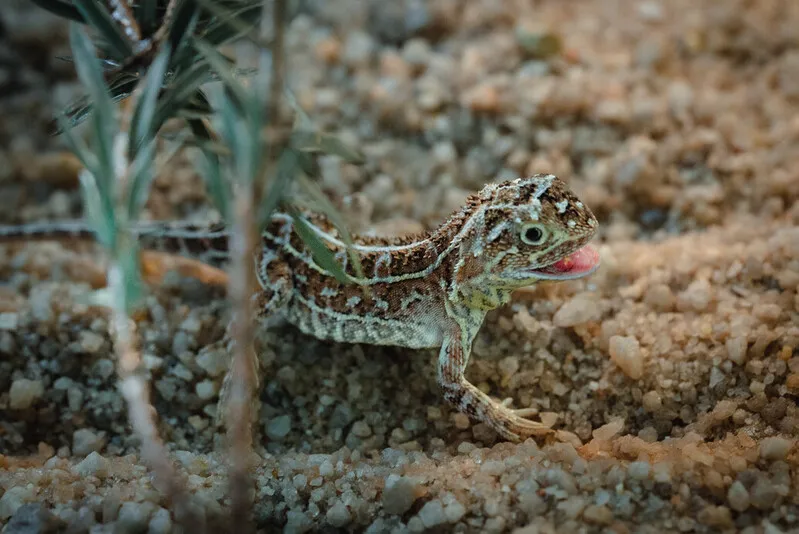
Another 2023 rediscovery, this Australian lizard was unseen by scientists for more than 50 years. Once common in the state of Victoria, the species became critically endangered in the 1960s due to extensive habitat destruction, with the last confirmed sighting before now happening in 1969.
Based on this a study published in 2019 suggested it may have sadly become extinct. Nevertheless, hope remained for its survival due to various unconfirmed sightings, and in the end, these hopes were borne out, with an ecological survey rediscovering the first individual just last year. Subsequent fieldwork has resulted in the collection of 16 individuals who are now in a breeding programme at Melbourne Zoo.
Coelacanth (Coelacanthiformes order)
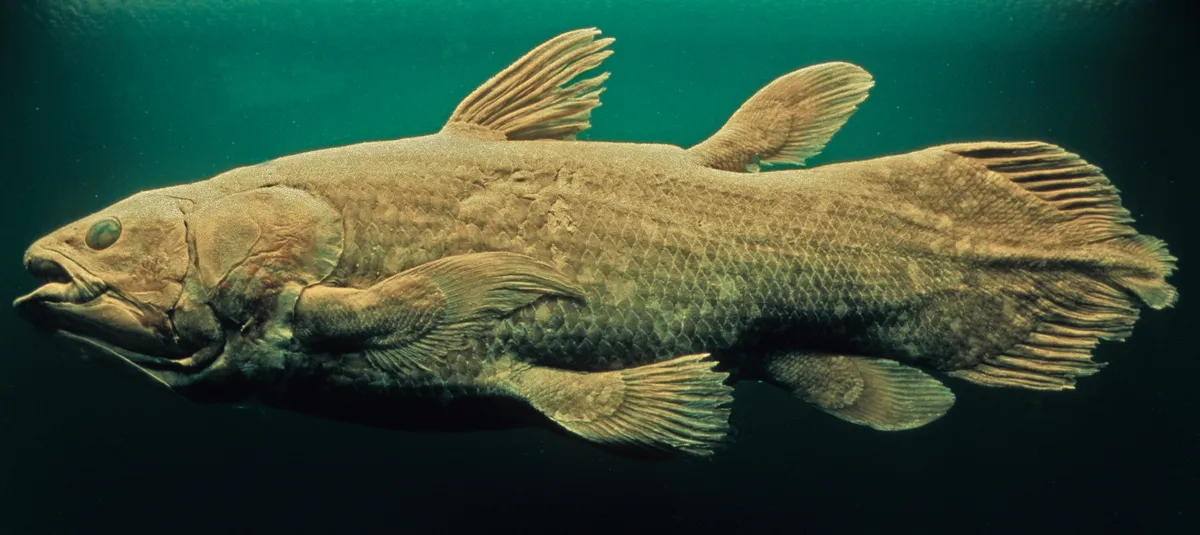
The next on our list is perhaps the archetypical Lazarus animal, and unlike the echidna, it was not “lost” for decades but millennia! Known from fossil records since the 19th Century, these ancient fish were thought to have become extinct at the end of the Cretaceous period, some 66 million years ago.
However, much to everyone’s surprise, a live specimen was brought up from the depths by a local fisherman off the coast of South Africa in 1938. The fisherman himself had no idea of the great significance of his catch, but luckily a museum employee, Marjorie Courtenay-Latimer, happened to examine the fish and knew she was looking at something special. This serendipitous discovery is now considered to be one of the most important zoological findings of the twentieth century.
Chacoan peccary (Catagonus wagneri)
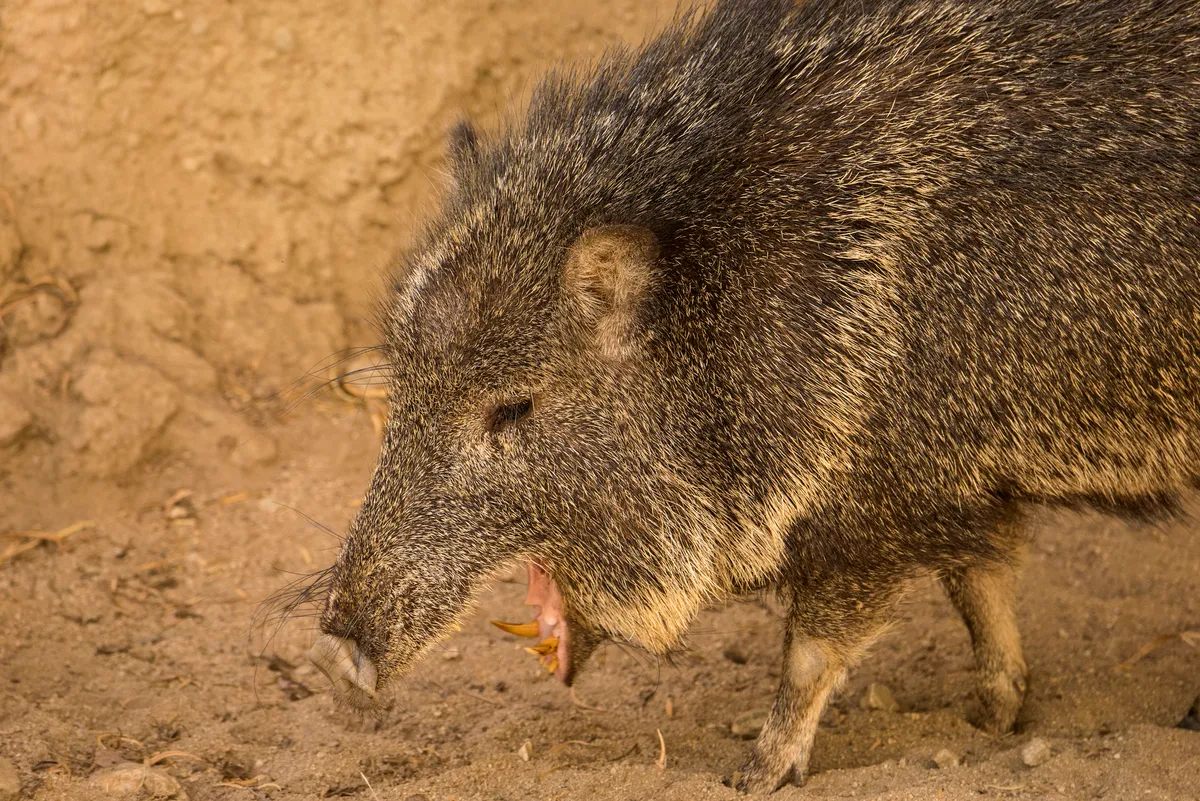
Like the coelacanth, for a long time this pig-like ungulate was known from fossil records alone. Again, it was thought to be long extinct, existing as paleontological evidence only, and was declared as such. In 1971 however, a team of biologists decided to follow up on rumoured sightings by locals and “discovered” the species living in the hot and dry Chaco region of Argentina. It should probably be noted that this local knowledge of existence is probably common to many of the animals on this list and when we speak of a species being lost, that could well just mean “lost to Western science”!
Wallace's giant bee (Megachile pluto)
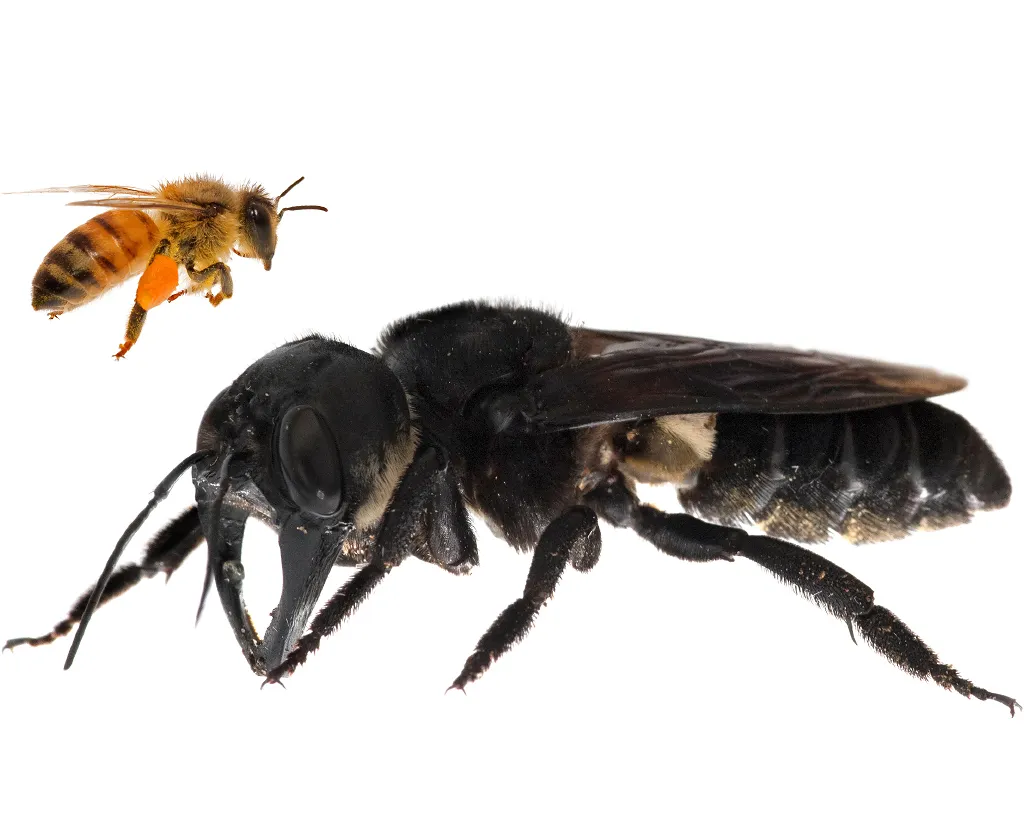
You would think it would be hard to lose the world’s largest bee, but think again! Megachile pluto, or Wallace’s giant bee, after its first collector, Alfred Russell Wallace, is a solitary bee native to Indonesia.
Apiphobes beware, this goliath of an insect is four times larger than the average honeybee, with a length of as much as 4 cm and a wingspan of up to 2.5 inches. Until 2019 this bee had not been seen alive for 38 years and scientists weren't sure it still existed. Much to entomologists’ delight a single female specimen was found nesting inside a termite nest.
This species is still very much considered vulnerable to extinction, however, in part due to the palm oil plantations overtaking their habitat.
Read more about the world’s largest bee rediscovered by scientists
Cuban solenodon (Atopogale cubana)
This curious little mammal is unusual in more than one way. Not only is it so vanishingly rare that it was once thought to be extinct, but it is also one of the few mammals that are venomous!
Solenodons are nocturnal, shrew-like creatures with long quivering snouts and venomous saliva that they use to kill small prey animals like lizards and frogs. In the 1960’s the Cuban solenodons numbers had dwindled such that it was described as amongst the rarest animals on earth, if not completely extinct.
In 1970 they were actually declared extinct, but then, only four years later, in 1974, one individual was discovered in a Cuban national park, bringing new hope for the species.
New Guinea big-eared bat (Pharotis imogene)
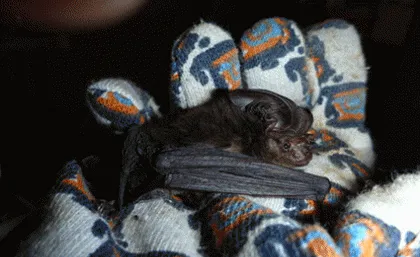
Lost for over a century, this bat was first collected in 1890, named (after its massive ears) in 1914, and then… wasn't seen again. That is until 2012, when two very lucky University of Queensland PhD students collecting bats of many species found one they couldn't easily identify. They then commenced some rigorous detective work.
After careful examination and comparison with museum specimens it was found to be a female of the long thought extinct big-eared species. This came as a very pleasant surprise to conservationists who had thought it wiped out by habitat loss and human encroachment.
Terror Skink (Phoboscincus bocourti)
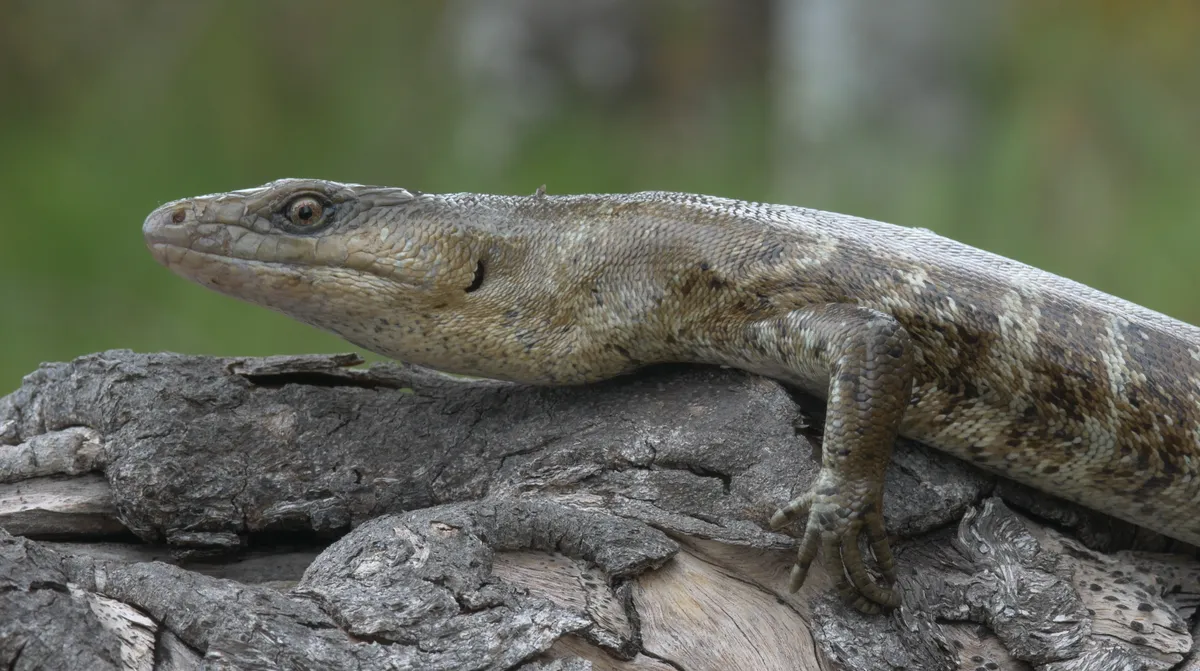
Another species lost to science for just over 100 years was the dramatically-named terror skink. Like the New Guinea big-eared bat, the case of this lizard is a good advert for the usefulness of museum collections. Both of these species were known from just a single preserved specimen, from which both the name and description were derived. This is known as a holotype.
These holotypes proved crucial in verifying the rediscovery of both these lazarus species. In the case of the terror skink it was first captured around 1870 in New Caledonia and described in 1876, presumed extinct, then found once more in 2000. Like many on this list its remoteness and very small distribution has contributed to its elusiveness. It is thought to occur only on two tiny islets just ashore of an island off the coast of New Caledonia. The combined surface area of these islets' is just 0.35 square miles!
Antioquia brushfinch (Atlapetes blancae)

This little Columbian bird hit the headlines in 2018 when it was spotted by a local bird watcher on his way to Sunday mass. This was the first time it had been recorded in almost 50 years. It was also the first time it had been seen alive since it was declared a distinct species!
Old, undated specimens had been kicking around in various museum collections for a long time, and it was only in 2007 that scientists conducted a formal review of brushfinch specimens and recognised Atlapetes blancae as its own species, but it was suspected to have gone extinct. Since rediscovery researchers now know where to look and many more individuals have been found. Hopes for saving the species from extinction have been raised.
Thylacine (Thylacinus cynocephalus)?
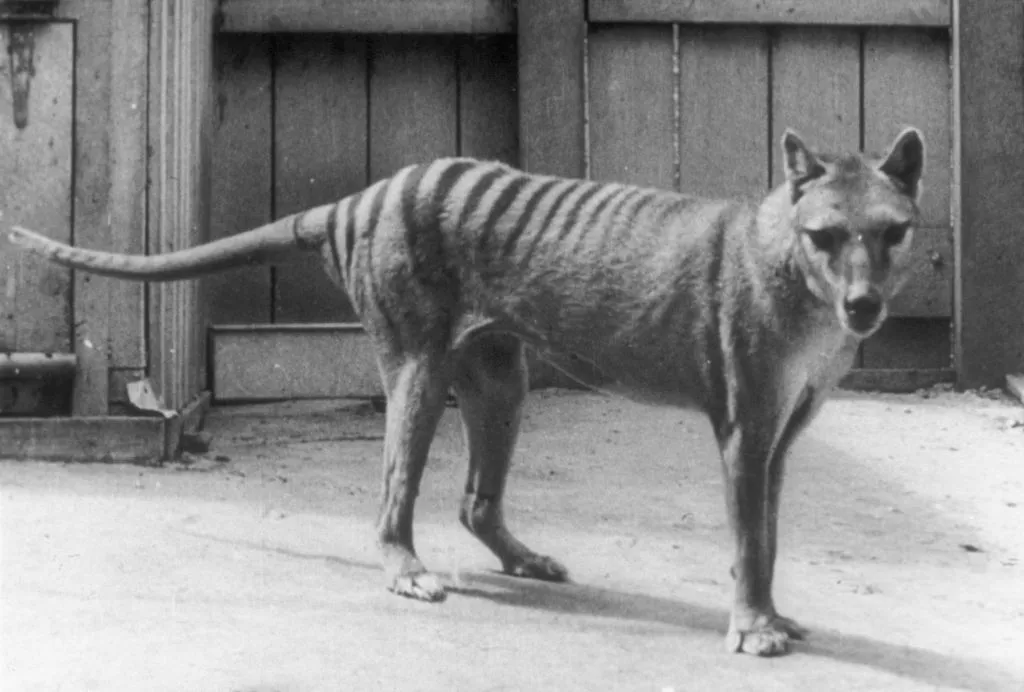
Lazarus taxa such as the nine just discussed allow us to dream that beloved lost animals may one day return. This last on our list does not actually count as a lazarus species, as it has not been rediscovered yet, but there is a contingent of (perhaps over-optimistic) people that passionately believe it will be.
A dog-like marsupial, also known as the Tasmanian tiger, the last captive thylacine died in an Australian Zoo in 1936, and the species is thought to have died out completely sometime in the 1960’s. Since then there have been many unconfirmed sightings, considered by some to be fairly dubious in nature.
The thylacine has captured the imagination of the cryptozoology community - a subculture of people who look for and discuss creatures thought to be legendary or extinct, including the Loch Ness Monster (suggested by some proponents to be an extinct plesiosaur rather than a fictional monster).
The existence of lazarus species do perhaps make some of these theories seem a little less wacky. Unfortunately however, and despite enthusiasts clinging to hope for the thylacine, scientists have declared that there is a less than a 1% chance of it still existing somewhere.
Perhaps we can still dream however… stranger things have happened in nature! The thylacine became extinct in the 1960s... or did it?
